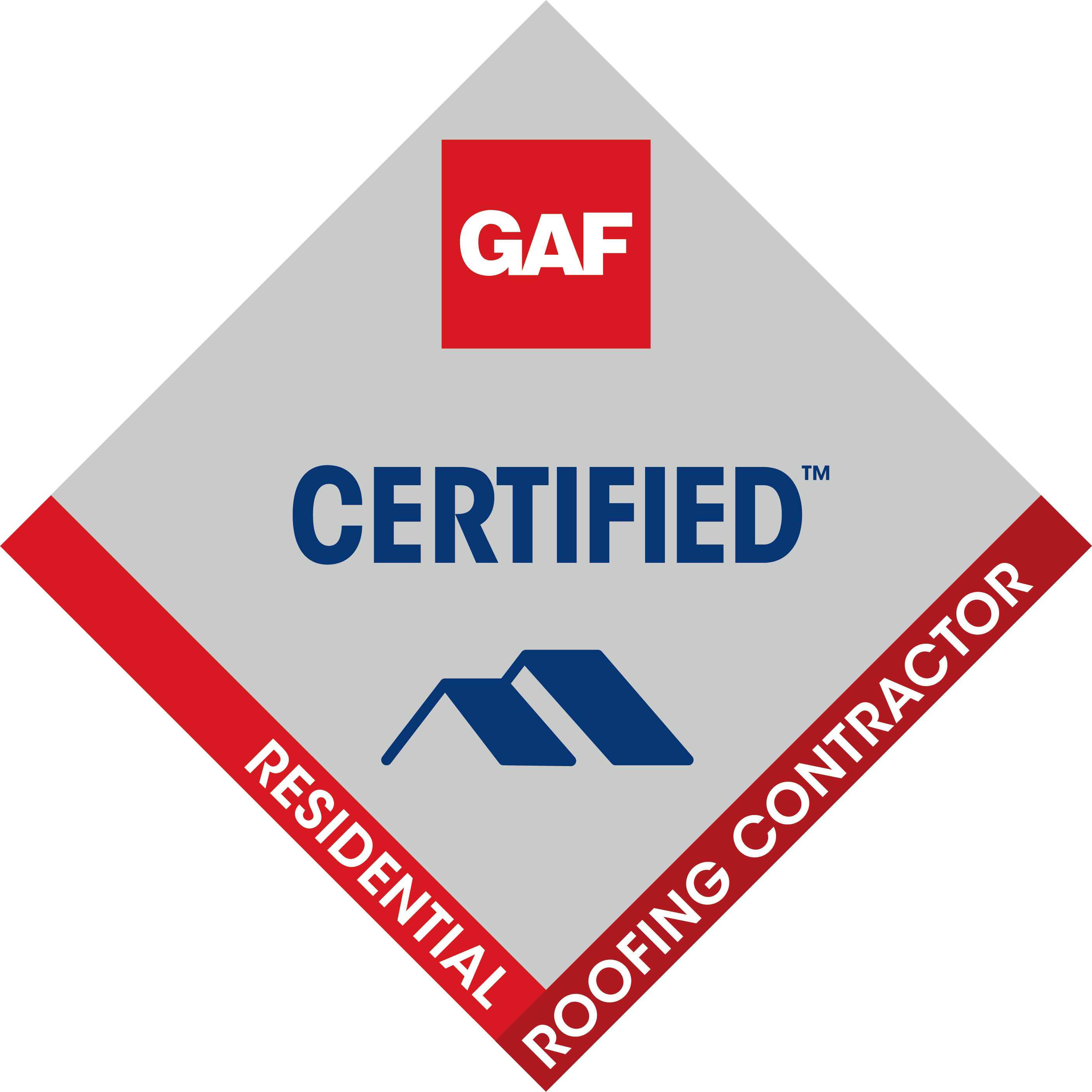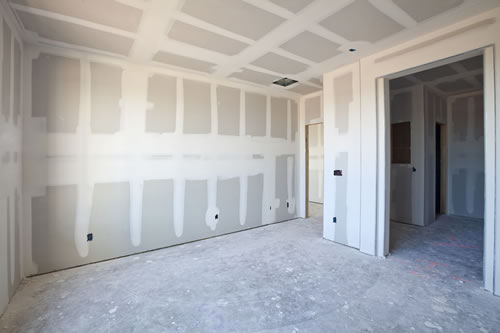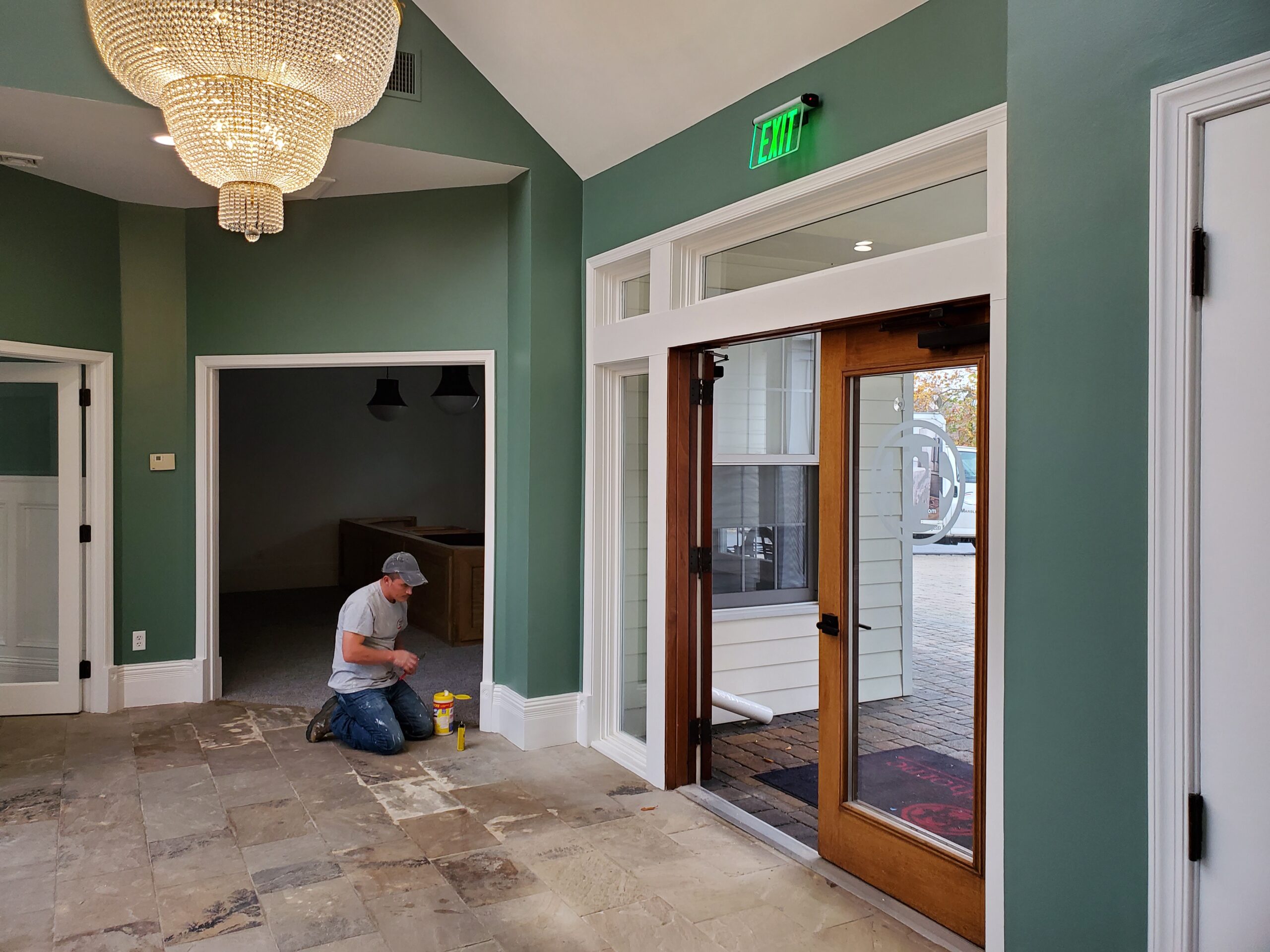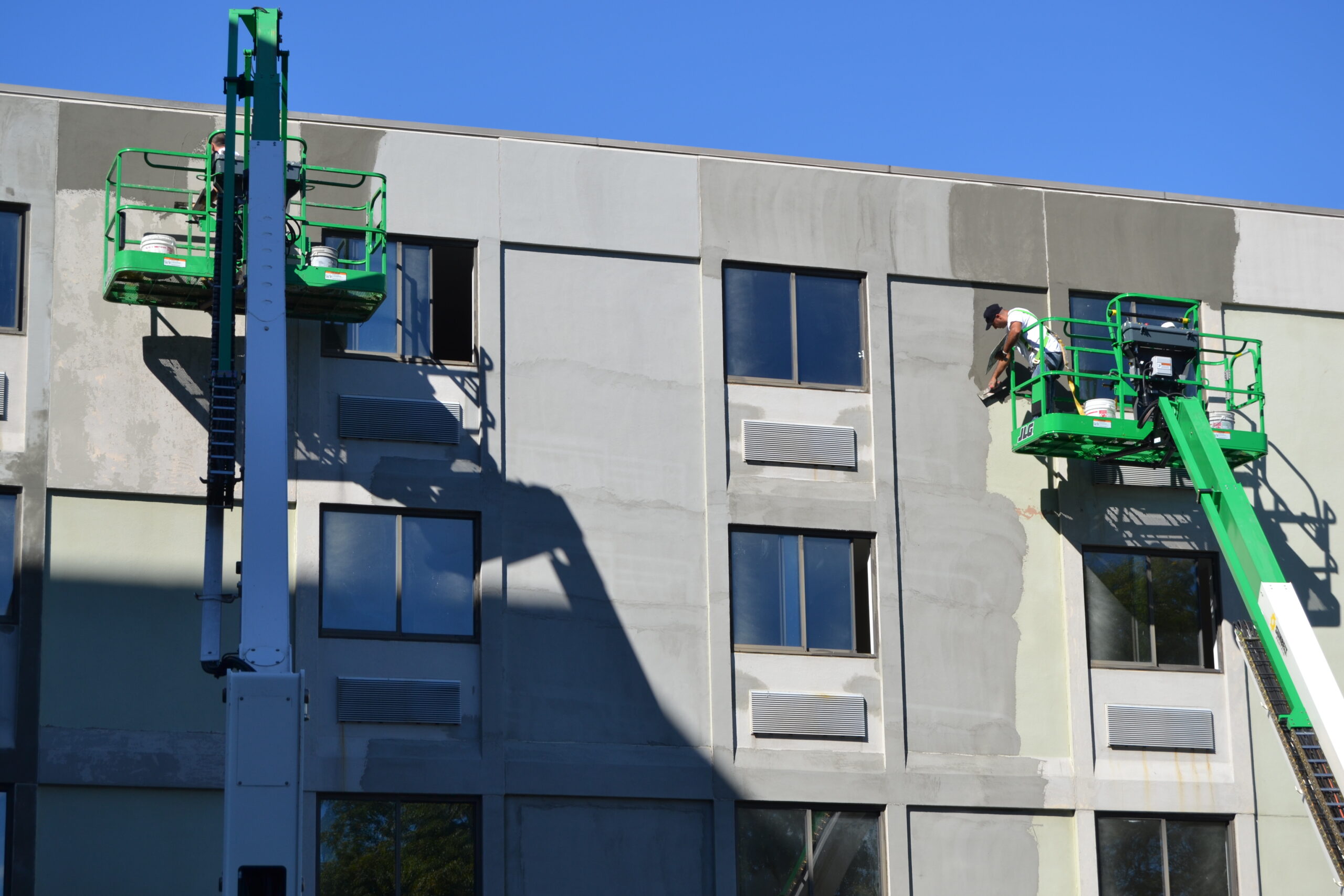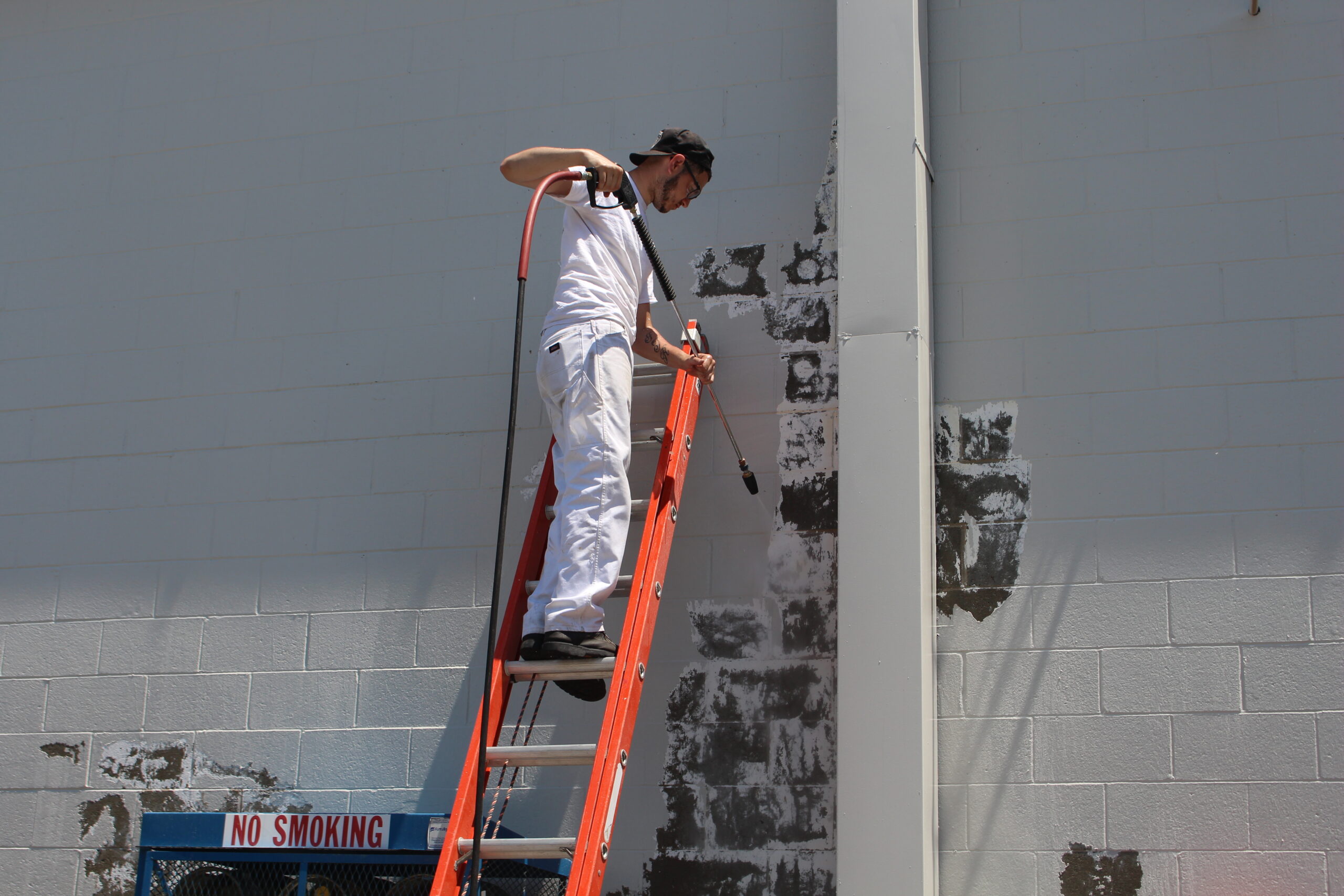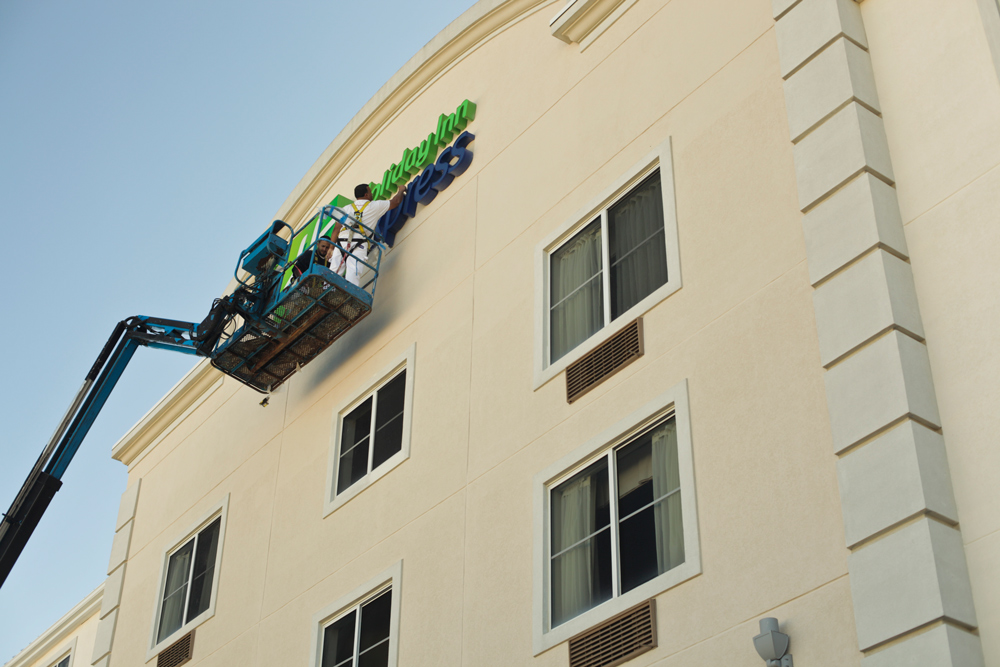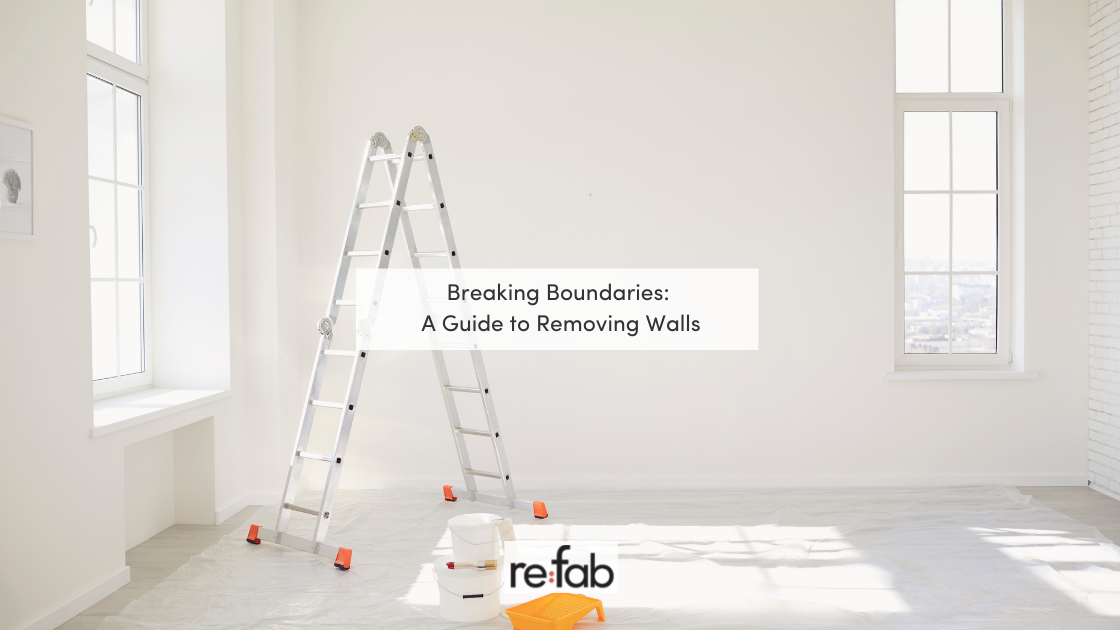
Removing walls in your home can open up spaces and create an entirely new look. But done incorrectly, it can be a disaster. Here is a guide to removing walls, with tips and some help from a contractor, breaking down your walls will be a breeze.
Instead of putting up walls this holiday season, let’s tear some down! Removing an interior wall can transform the look of your home or business. Go from stuffy and enclosed, to an open floor plan with flowing rooms and natural lighting. But, before you start punching holes through your walls, there are a few precautions to take. We have laid out some simple steps to help you assess your future plans and carry out a successful job.
Logistics

The length of this project will most likely be around two to three weeks. Be sure to check with the city you live in, especially if the wall isn’t structural, to see if you need a permit for removal. The best time to remove an interior wall is when you are away, due to the amount of dirt and dust that may arise, or when you are thinking about redoing your floors.
Hiring a Contractor Can Be the Best Option

General contractors can give a relatively cheap consultation. So even if you are planning on carrying out the project solo, knowing you won’t be destroying anything besides the wall may provide some peace of mind. Hiring a professional can in many ways be the safer, smarter option. Electrocuting yourself, busting a pipe, and mistakenly sledgehammering a supporting wall can make for a dire outcome.
Find Out What Is In the Wall

There are several things you need to investigate about the wall you’re planning to knock down. If the wall is a load-bearing wall – if it supports the floor or roof above – then you will need to call in a structural engineer because knocking it down without a professional could result in serious damage to your house. You can check this by going into the basement and looking at the alignment of the floor joists.
The second thing to check out, which you can do by poking a small hole in the wall with a regular hammer and pulling away some of the drywall, is to see if there are ventilation, pipes, and/or wires in the wall. If there are, you will need to have these things relocated before removal.
There’s so much more to drywall than what meets the eye. Make sure you know how to deal with drywall the right way.
Think About Your Floors and Ceiling

When taking out a wall, you will be left with a long gap in the floorboards. Putting in new flooring is obviously ideal, but if it’s not part of the plan, there are ways to match the flooring by sanding down the connecting pieces. Another solid option would be to install carpeting, which would hide the inevitable contradictions in your post-wall flooring.
The ceiling will also be damaged, and painting, putting molding in, etc., will take some time. We recommend that you add this, as well as the possibility of unforeseen events, into your original budget.
re:fab is highly skilled in all your drywall removal needs, contact us today for a free estimate!
SOURCES:
Removing Interior walls: https://bit.ly/2keC9h8
What To Know Before Tearing Down That Wall: https://bit.ly/2p5q9lB


